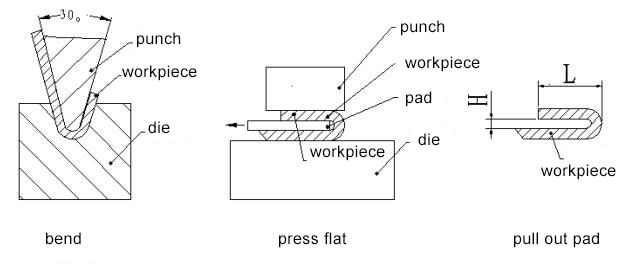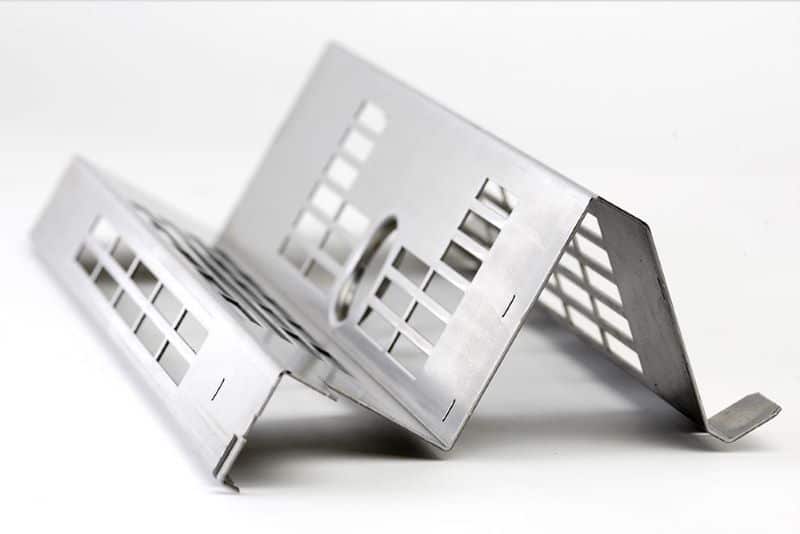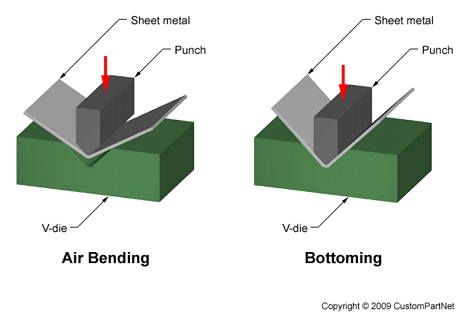Following a plastic deformation that we make to bend the metal an elastic recovery followed once we remove the load causing the metal to attempt moving back in place.
Bending stiffness of sheet metal.
This test indicates that a vault structured sheet is three to five times stiffer than nonstructured sheet.
In this article we will discuss sheet metal design guidelines for manufacturing parts using sheet metal press bending.
If you re bending 0 020 thick material use a 0 020 radius.
Structured sheet metal has increased bending stiffness.
If you do not know the value of k factor then the program determining the the total flat length depending on the method of bending and stiffness of the material offers approximate values of the k factor.
Sheet metal edge bending.
Similar to other metal forming processes bending changes the shape of the work piece while the volume of material will remain the same.
Bending is one of the most common sheet metal fabrication operations.
To protect the part to increase stiffness and for cosmetic appearance.
Grain structure in the metal sheet is critical for avoiding cracks in sheet metal parts with lugs or tabs that are cut on.
All materials have some degree of elasticity including metal which is highly known for its stiffness.
To evaluate this property a three point bending test can be used.
Sheet metal bending is the plastic deformation of the work over an axis creating a change in the part s geometry.
Also known as press braking flanging die bending folding and edging this method is used to deform a material to an angular shape.
These methods will give sheet metal the rigidity you need to use it in a structural or semi structural application.
As a result a deflection versus bending force curve is obtained as shown infigure 5.
Why does sheet metal spring back.
This happens for two reasons.
This is done through the application of force on a workpiece.
The force must exceed the material s yield strength to achieve a plastic deformation.
But testing these exceptions before design release is a good practice.
The original shape is the flat sheet metal and formed components need to retain their shape permanently.
Folding over the edge of a piece of sheet metal will give the metal instant structural integrity.
The calculator counts the the total flat length according to the k factor you specify.
The inside bend radius should be equal to the thickness of the material that you re forming.
Therefore exceptions can be there for complex features design.
Following all sheet metal design guidelines is very difficult in the complex part.
Bend relief and collars near pierced areas strengthen sheet metal parts.
If the chosen sheet metal cannot be formed into the desired shape under the selected processing conditions the applied stresses are higher than the tensile strength of the sheet metal which causes cracks to form in the part.
In other words if you re bending 1 8 sheet use a tool with a 1 8 radius to form the inside of the bend.





























